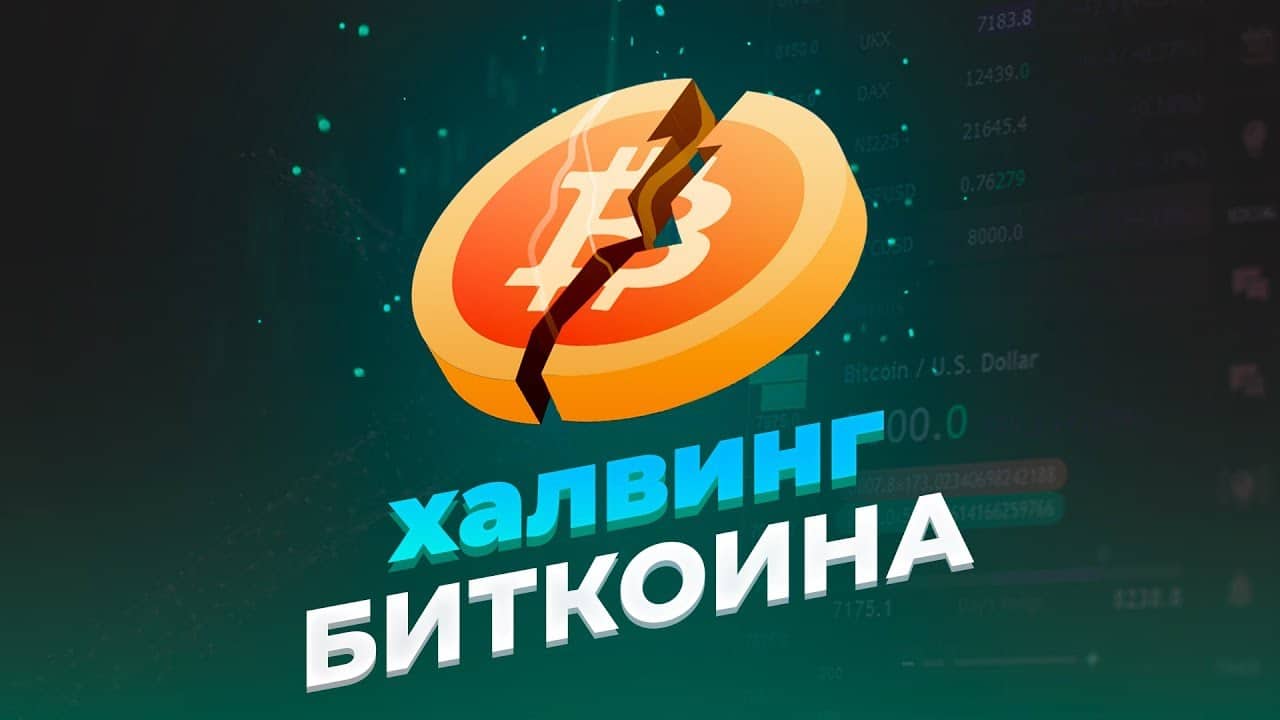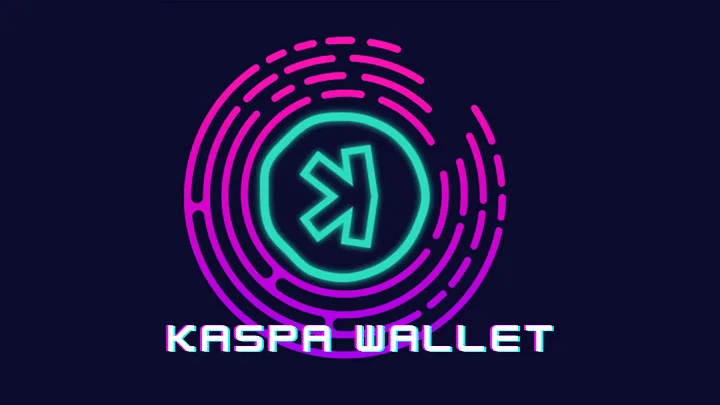

Regulators have been keeping a particularly close eye on stablocoins lately, a sign of their growing importance in the economy. Algorithmic steblecoins have sparked conversations about the transactions on which they are based, as well as the transparency of their reserves and the centralized provisioning of steblecoins.
TerraUSD (UST) recently collapsed and upset the entire crypto market. This led to a disconnection of bets and a lot of problems, which led to a lot of discussions around them. Many other stabelcoins were also affected by this event.
But the issue of reserves remains the main focus of the debate about their reliability. And the problem here is that most of the reserves of centralized stackcoins are a complex mix of commercial paper, secured loans, corporate bonds, precious metals and other assets. And more often than not, companies are criticized for not having proper audits to validate the reserves. In addition, these issuers are not properly regulated, which increases risks for investors.
Cardano is developing two new stabelcoins that could solve some of the most common problems with modern stabelcoins.
Cardano’s development team plans to release the first fully regulated stablecoin in 2023 – USDA, backed by fiat and pegged to the U.S. dollar. As well as an algorithmic stabelcoin with overcollateralization, released by the COTI platform, called Djed.
The way centralized and algorithmic stablcoins work is different, and in this article we will briefly describe the features of each of them.
USDA

On November 18, 2022, Emurgo in Singapore announces the launch of a new stabelcoin on the Cardano blockchain, USDA. This stabelcoin will be fully regulated, backed by the U.S. dollar and pegged at 1 to 1.

Emurgo is one of the co-founders of the Cardano project. Its mission is to develop and support businesses and help integrate businesses into the Cardano ecosystem.
One of Cardano’s global goals is to provide access to banking products to everyone in the world. And the company has long been quite successful in developing its products in the markets of Africa and Asia, where residents do not have access to banking services and the national currency is depreciating too quickly to act as savings.
To achieve this goal, Cardano developers are introducing a set of “Anzens” products designed to connect traditional financial services to cryptocurrency. The USDA will be the first product to bridge the gap between TradFi (traditional finance) and DeFi (decentralized finance).
“The Cardano ecosystem was built on the idea of porting real-world applications to cryptocurrencies and laying the foundation for building the economy of the future. The introduction of a 100% fiat backed and regulatory compliant stablecoin is the next step in realizing the future for our community. This stablecoin not only provides stability for investors conducting financial transactions on the blockchain, but also moves the Cardano ecosystem forward to solve a problem that we can already solve – banking for the poor”, says Vinit Bhuvanagiri, managing director of Emurgo.
USDA is scheduled to launch in the first quarter of 2023 on the Anzens platform, where users will be able to tokenize their USD into USDA via credit cards, bank transfers, direct deposits or payments, and through native ADA token conversion. Then they will work on creating a secure and convenient conversion of other staplecoins to USDA (like USDC and USDT), as well as cryptocurrencies such as Bitcoin, Ethereum and others.

To fully comply with regulations and ensure compliance with supervisory rules, Emurgo has partnered with an as yet unnamed regulated U.S. financial services company, which will serve as a banking partner and will be responsible for issuing USDA tokens and holding deposits.
By relying on regulation and the provisioning of real assets, the USDA can guarantee reliable, long-term price stability, leading to the opening up of more global financial services to the Cardano ecosystem.
Djed

Unlike fiat-backed steblecoins, algorithmic steblecoins are governed by a specific set of algorithms that manage the balance between supply and demand, thereby ensuring exchange rate stability.
Djed is a redundant algorithmic stablecoin supported by Cardano token (ADA) and SHEN.
Algorithmic Stablecoins, which are backed by a single currency, have a number of vulnerabilities. To solve this problem, Djed has a backup asset – the SHEN token.
The concept of “overcollateralization” means that Stablecoin is backed by excess collateral in the form of cryptocurrency held in reserve. And, if there is a precipitous drop in ADA, the underlying smart contracts will include a reserve SHEN token, which will balance price fluctuations, helping to keep the level of overcollateralization between 400% and 800%.
This stabelcoin was developed over two years in partnership with the COTI platform and the company IOG (a document describing all the technological features and operation of the stabelcoin can be found on the website):
COTI is a first-level blockchain payment network that provides a throughput of up to 100,000 transactions per second through the Proof-of-Trust consensus mechanism. COTI provides the infrastructure needed to create and issue stablecoins that are highly secure and scalable, and have low transaction fees.
Input Output Global is an engineering and technology company engaged in cryptocurrency development and research activities.
On January 31, 2023, after completing a series of audits and stress tests, the developers of the blockchain platform COTI in collaboration with Input Output announced that Djed had been successfully launched on the main Cardano network.

During the Cardano Summit in November, COTI CEO Shahaf Bar Geffen said:
“Recent market events have shown once again that we need a safe haven from volatility, and Djed will serve as that safe haven on the Cardano network. We need not only a stable, but also a decentralized coin with proven reserves on the network”.
Cardano’s main mission is to bring blockchain technology into real life and make it available to anyone in the world. This is a big job from a technological point of view, but the Cardano team is well on its way.
Providing economic identification is a key component in countries where people do not have an identity card and access to the banking sector. For example, in developing countries in Africa and Asia, the provision of digital services and decentralized identity will give people access to education, access to banking services and the employment market. And Cardano is already addressing some of these issues by developing projects like Atala Scan, Atala Trace, and Atala Prism.
Cardano-powered stablecoins that share these values will help ensure stability for the wider ecosystem and restore trust in them by acting as a trusted channel between TradFi and DeFi. Which, in turn, can bring cryptocurrencies closer to their original goals – the availability of digital finance for every person and independence from centralized issuers.
Subscribe to now and get exclusive access to a wealth of knowledge from our team of experts. They will keep you up to date with all the latest trends, strategies and ideas regarding bitcoin and altcoin mining and trading.
Subscribe to our Telegram:
CRYPTO-MINING.BLOG – Stay up to date with the latest news about cryptocurrencies and mining!













No Comments